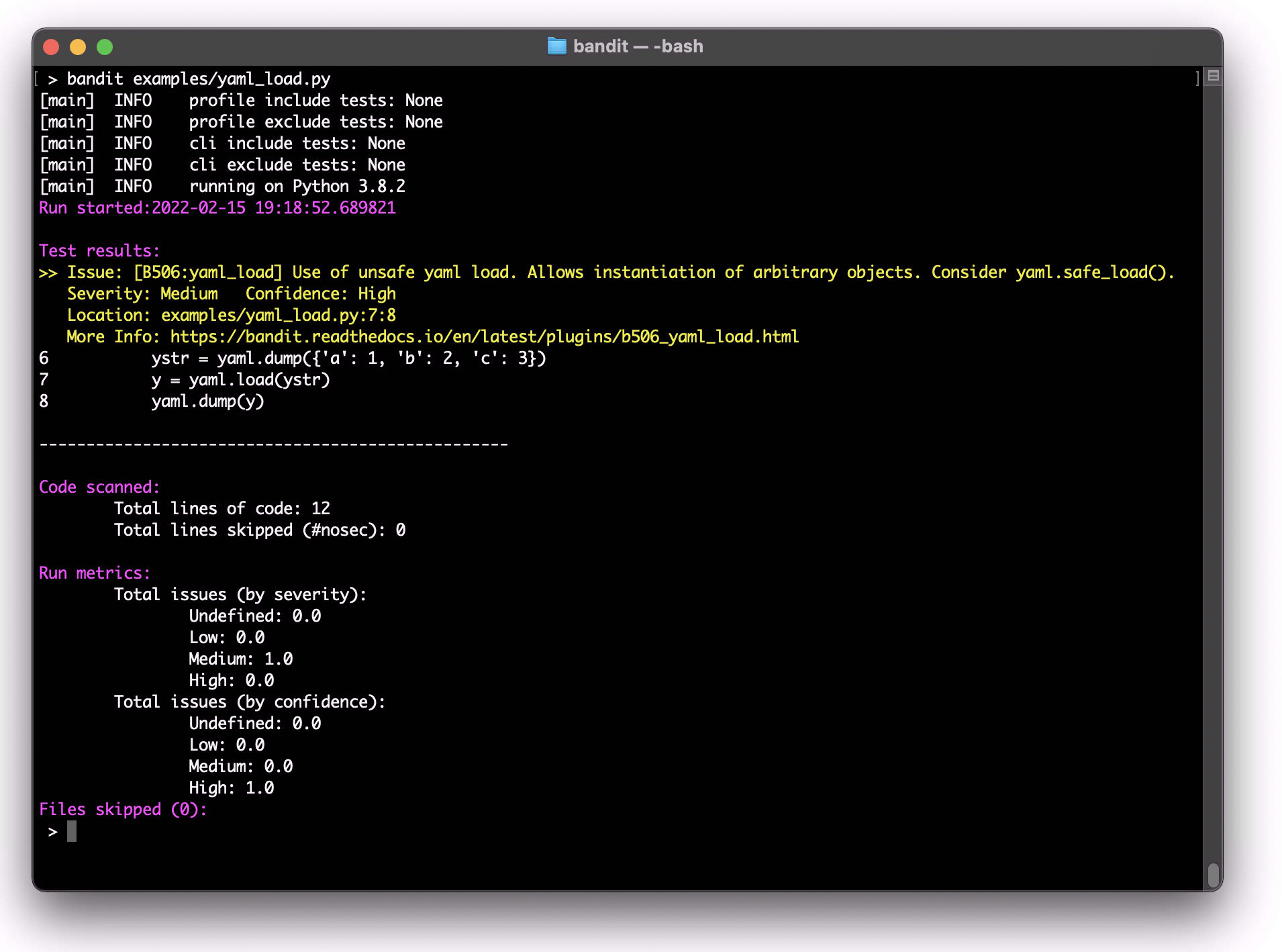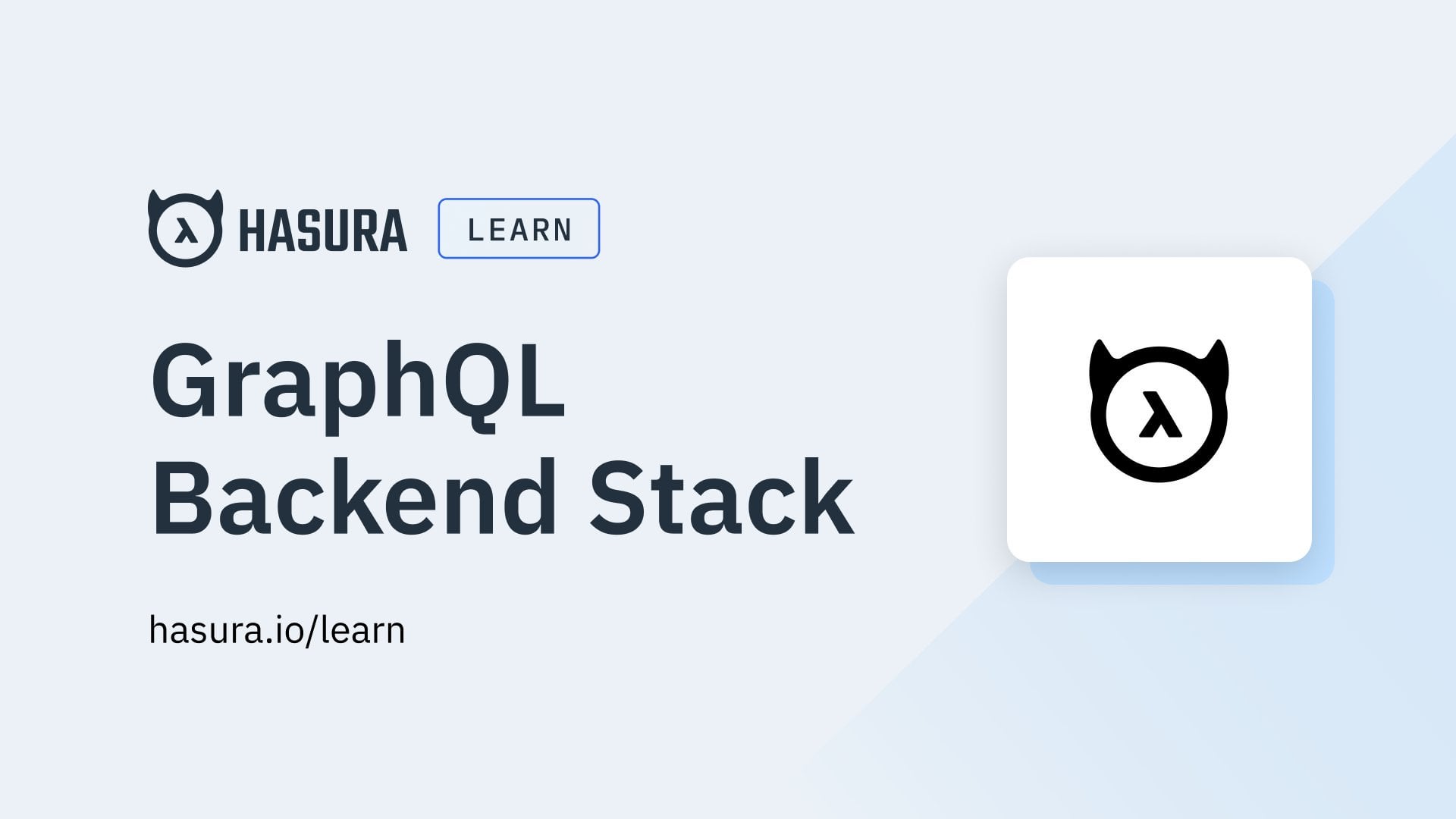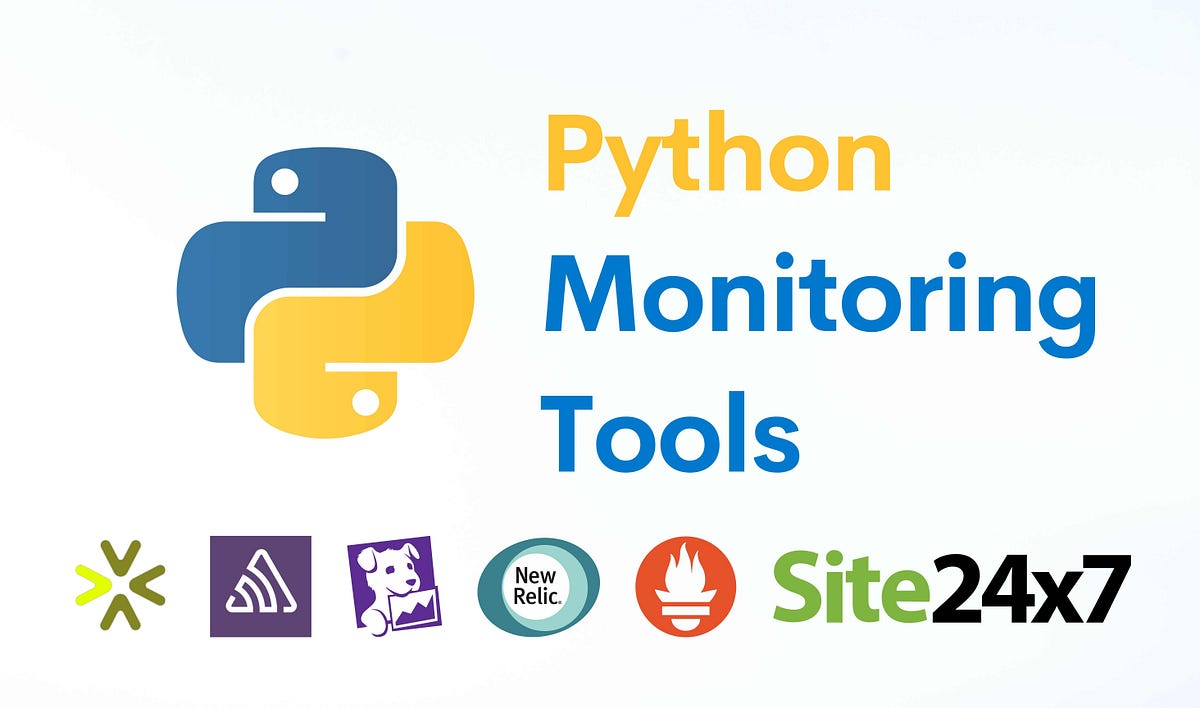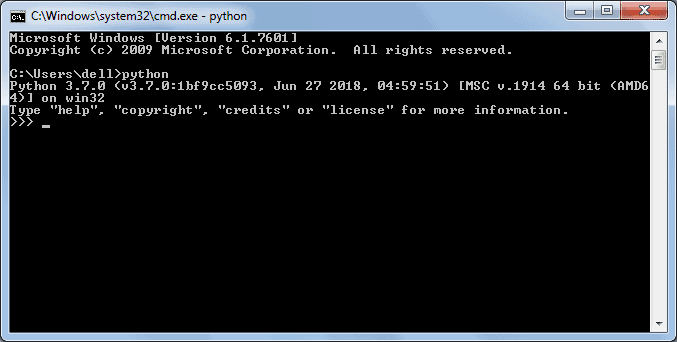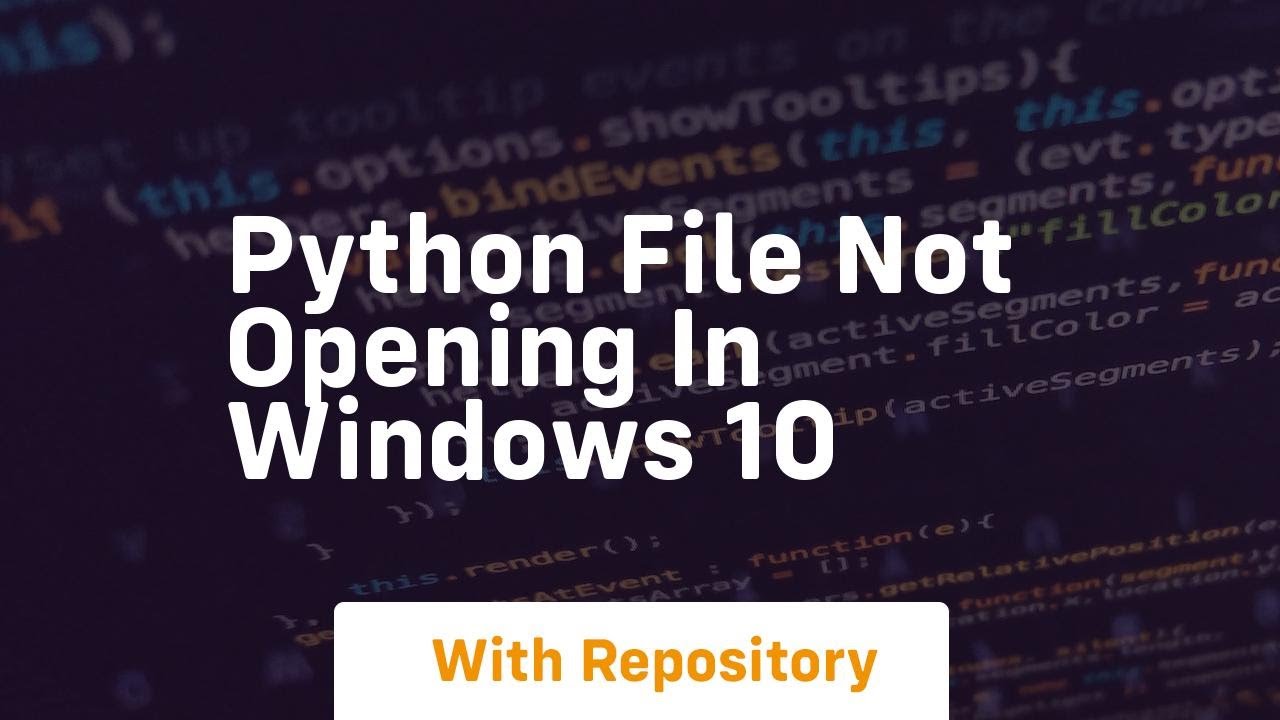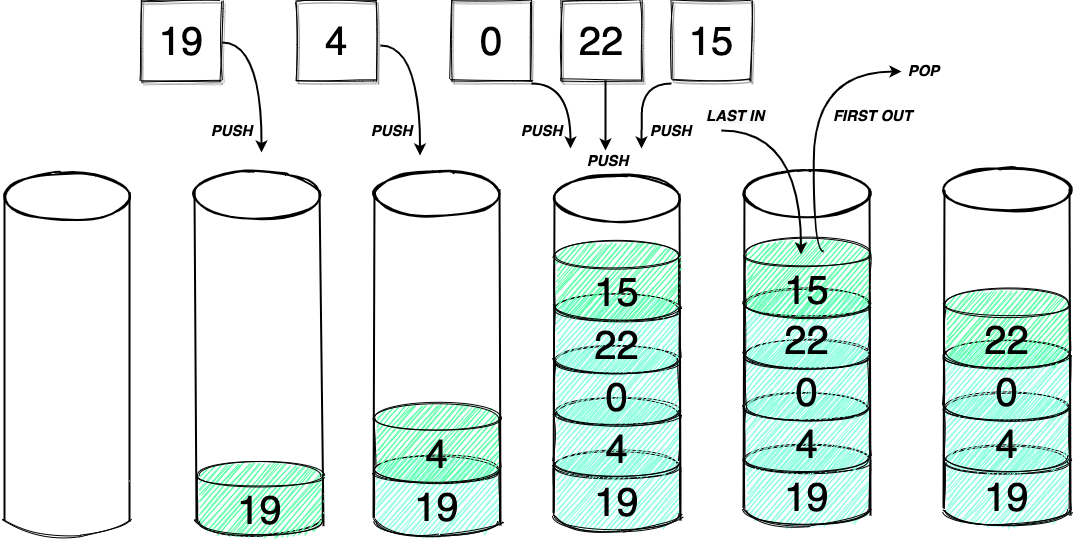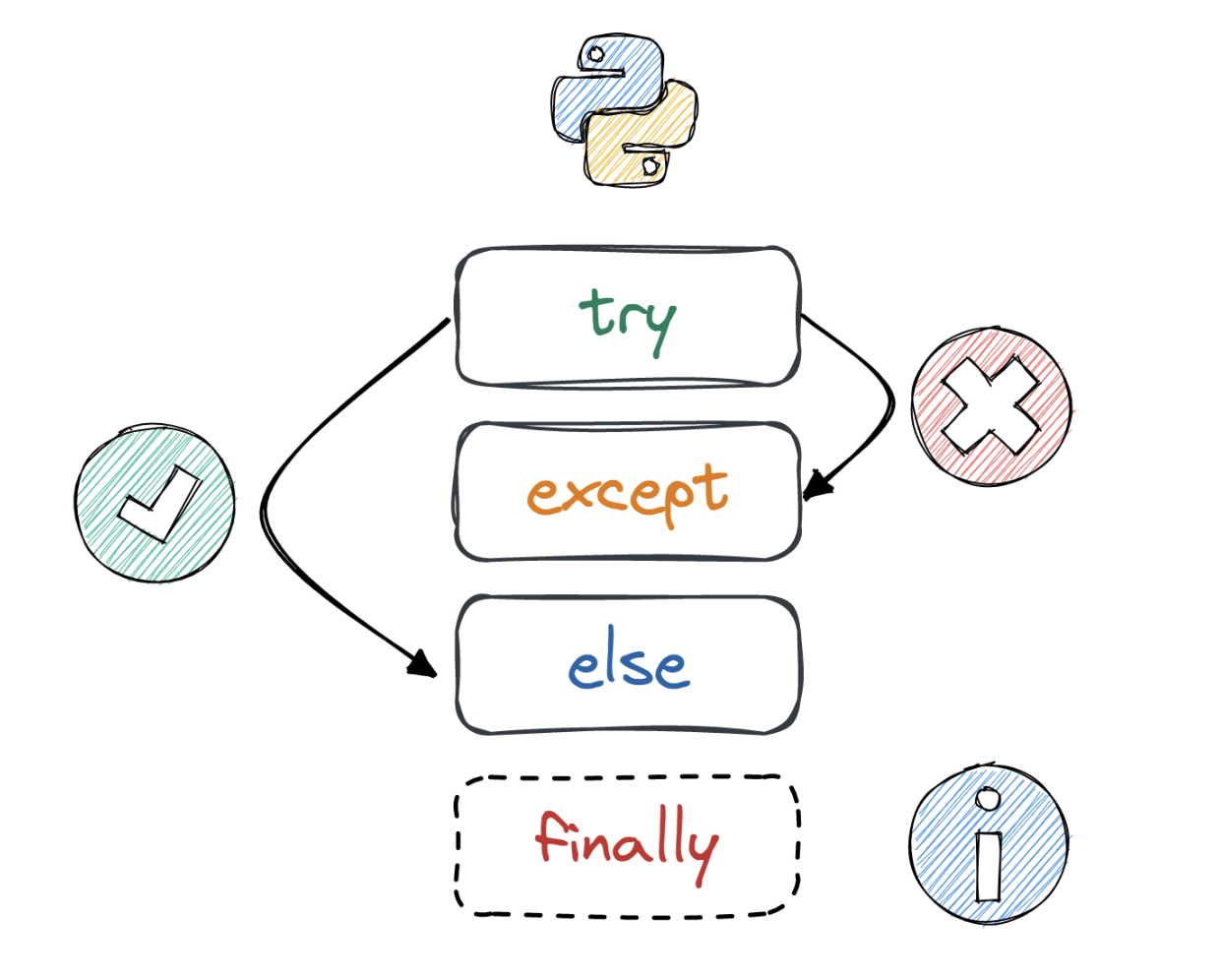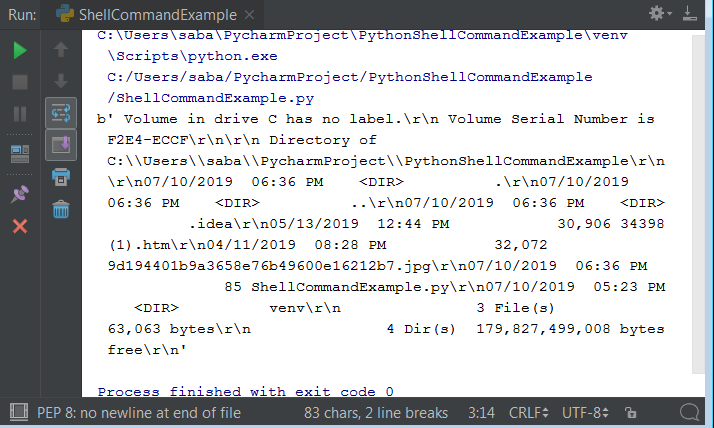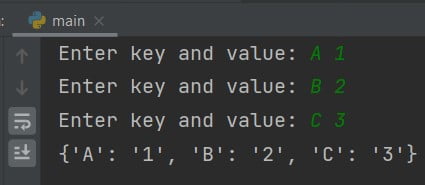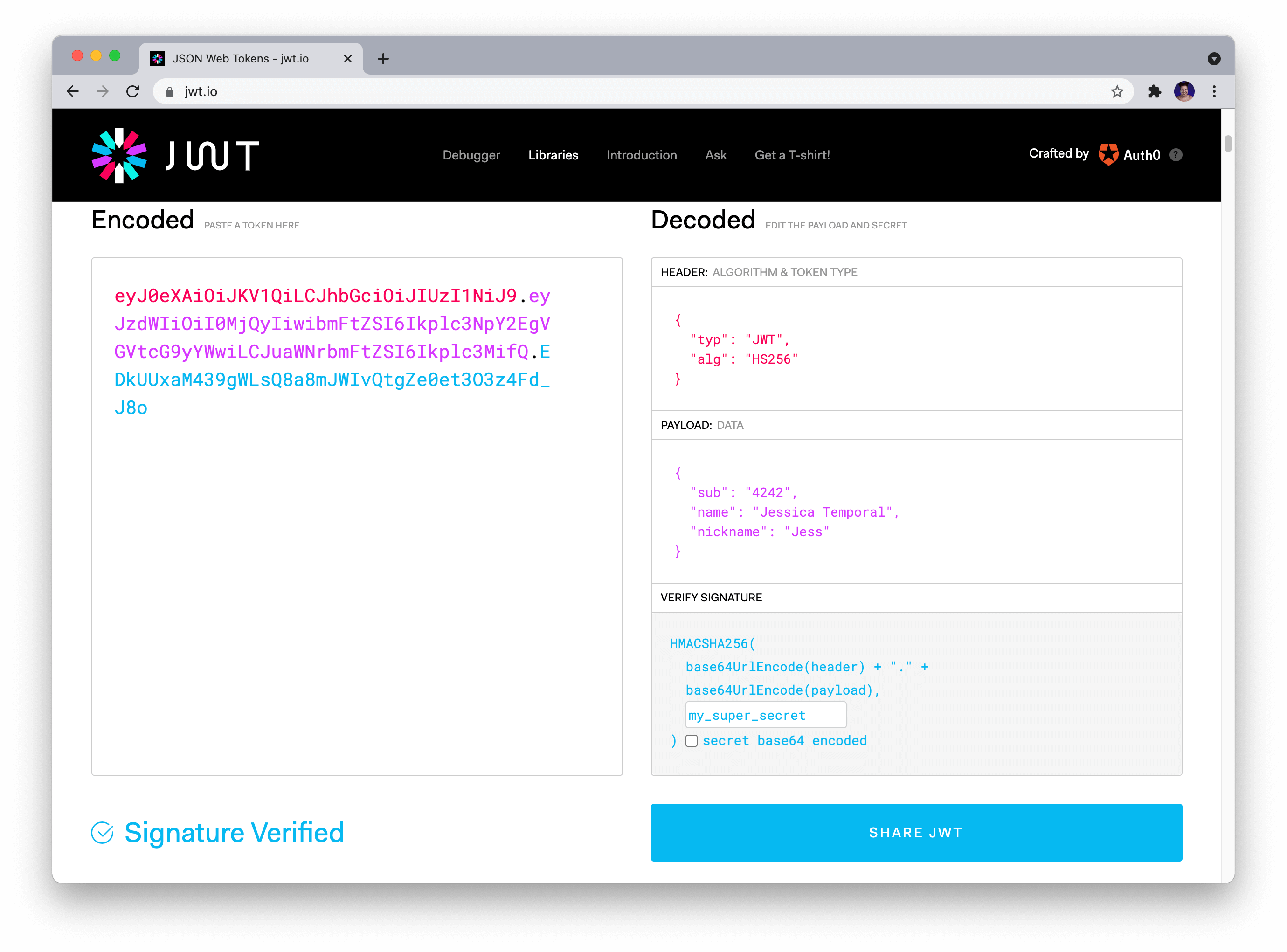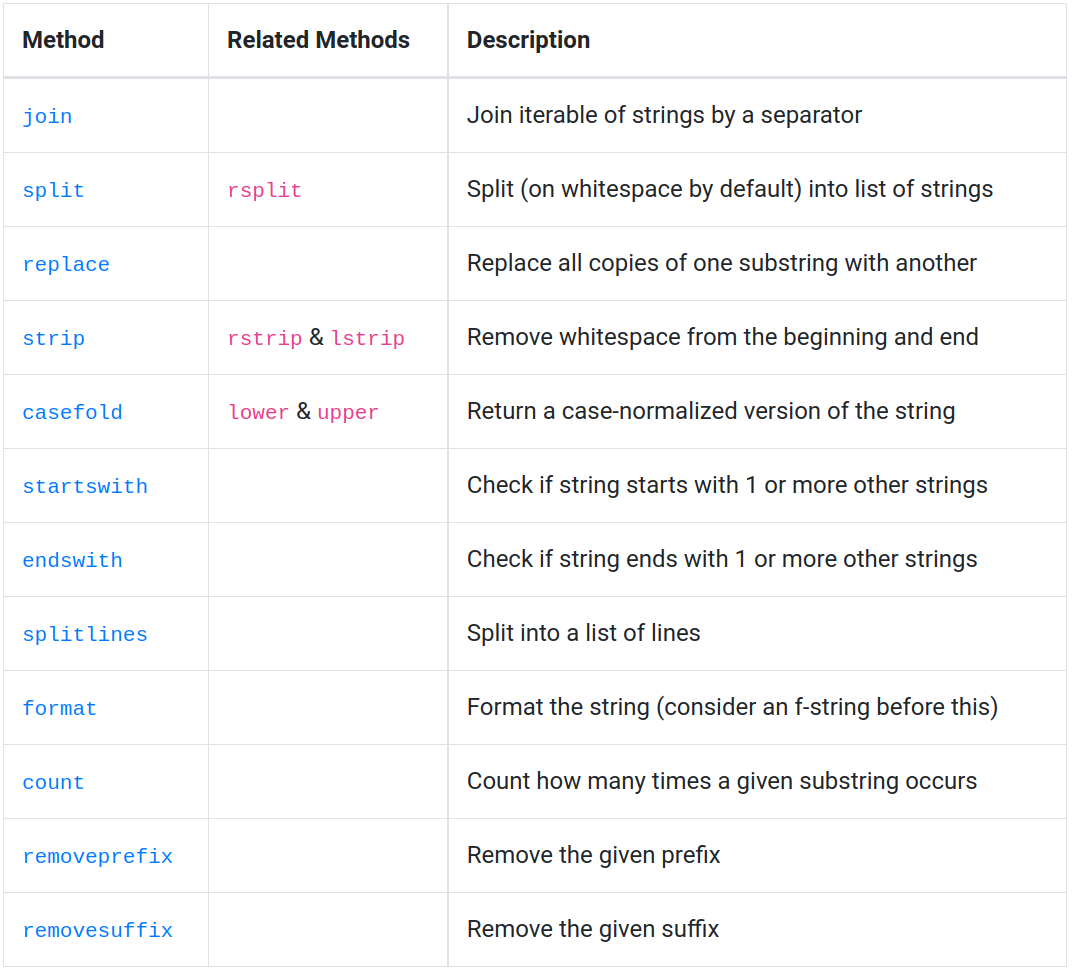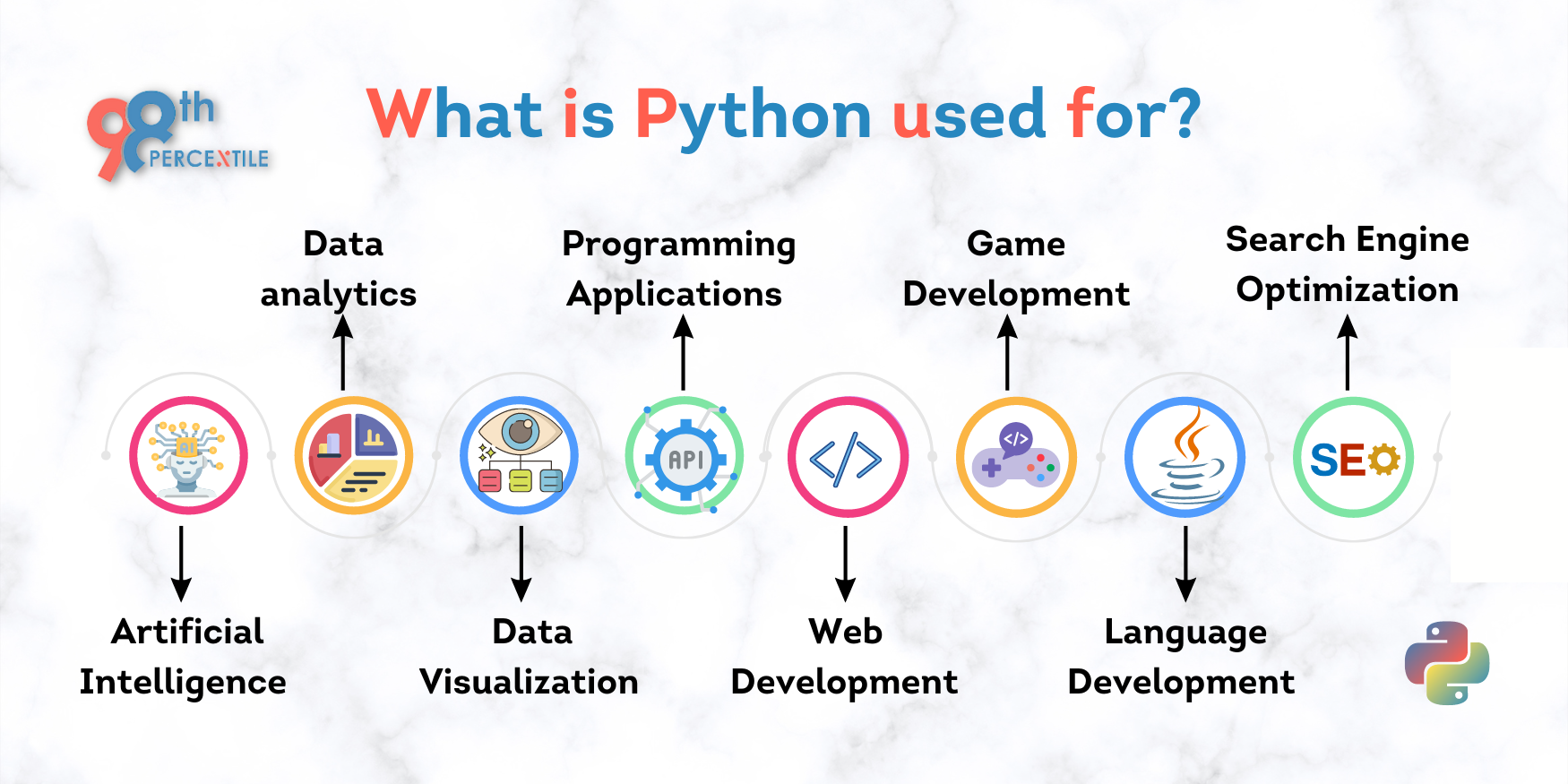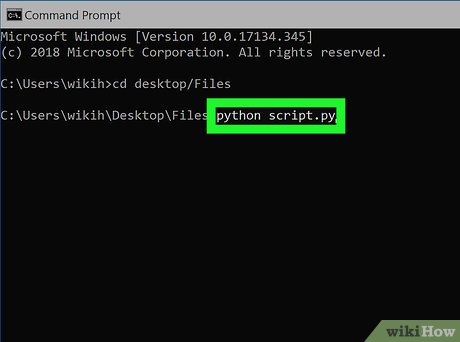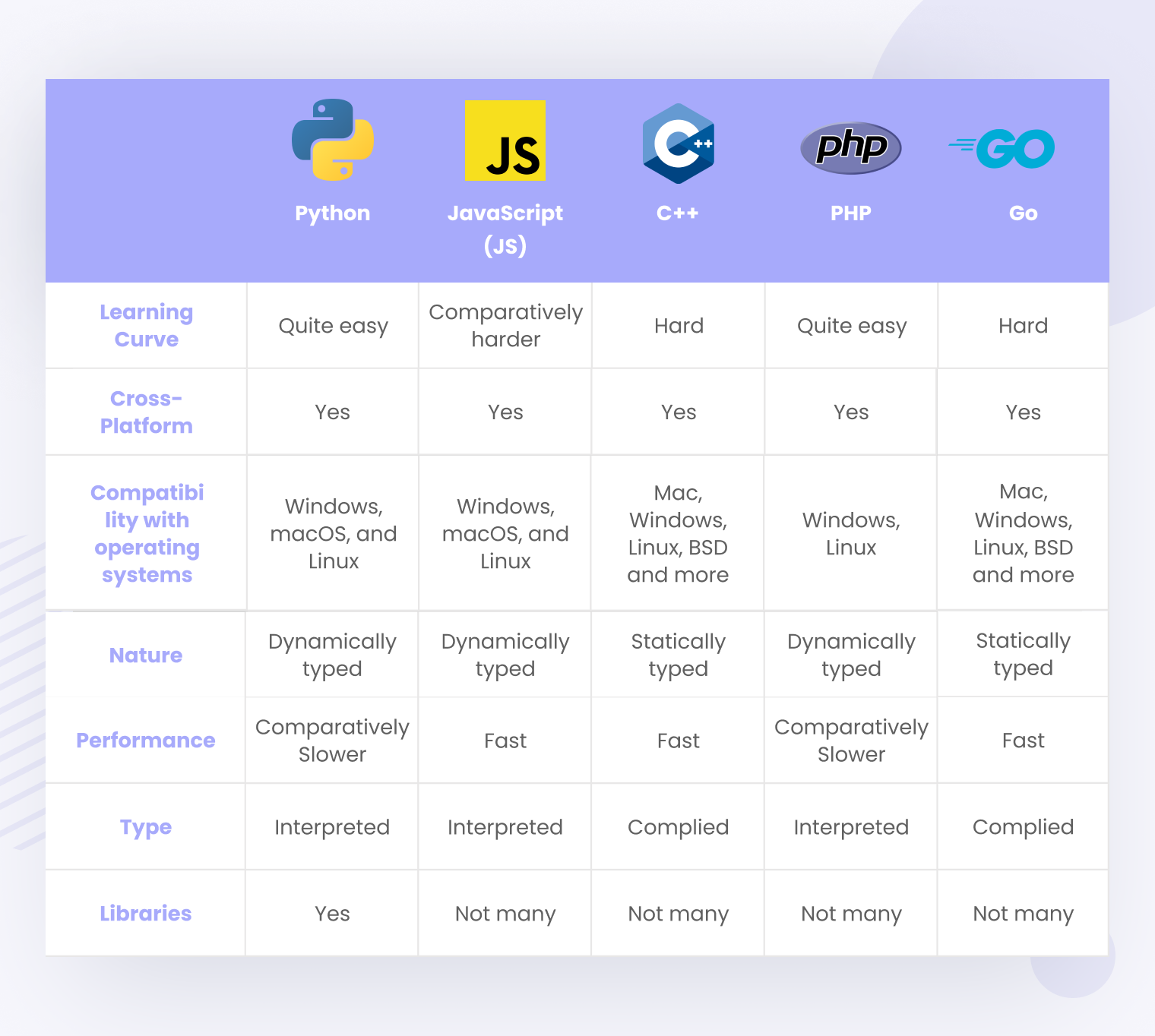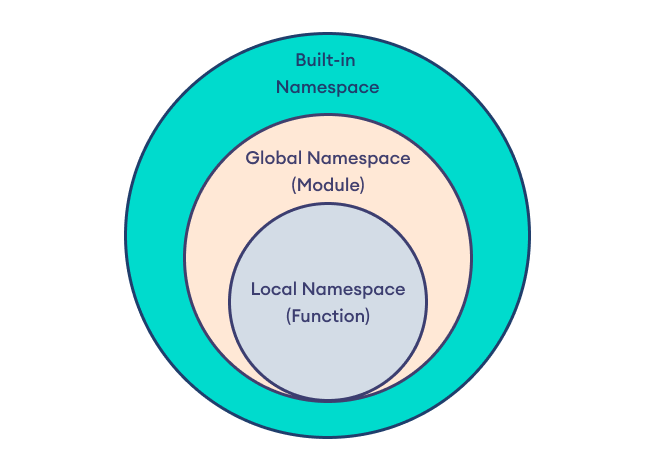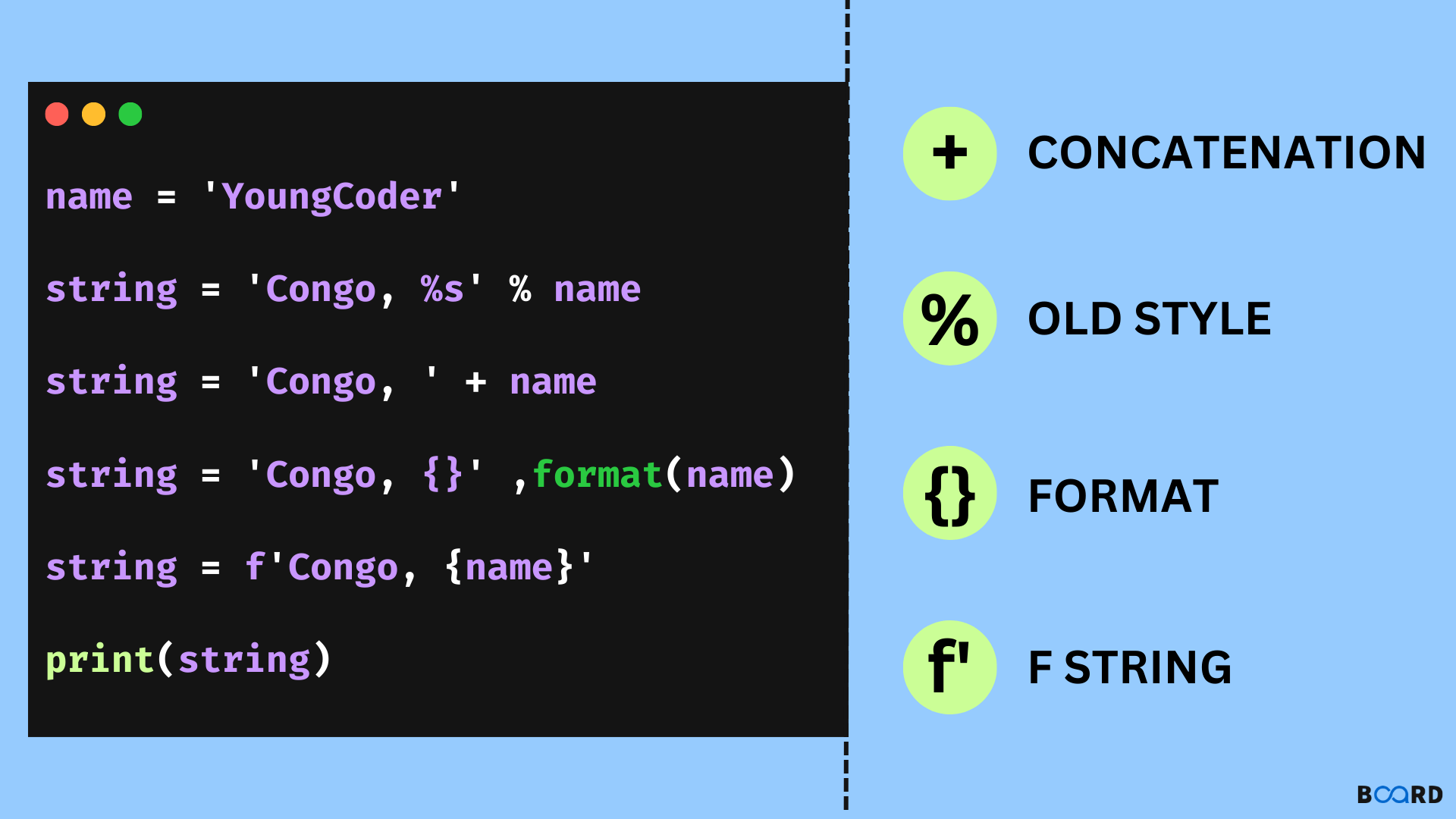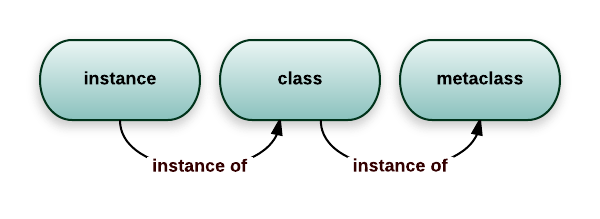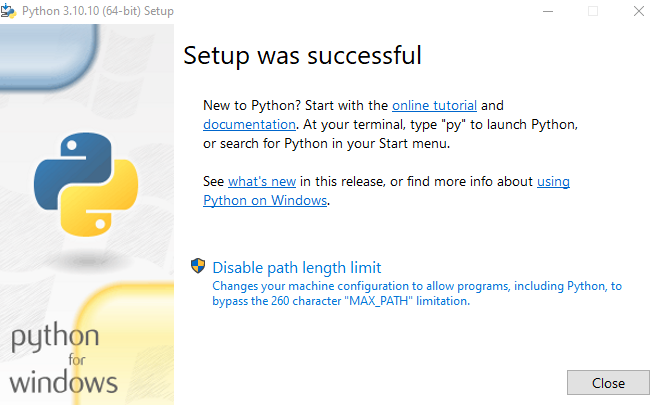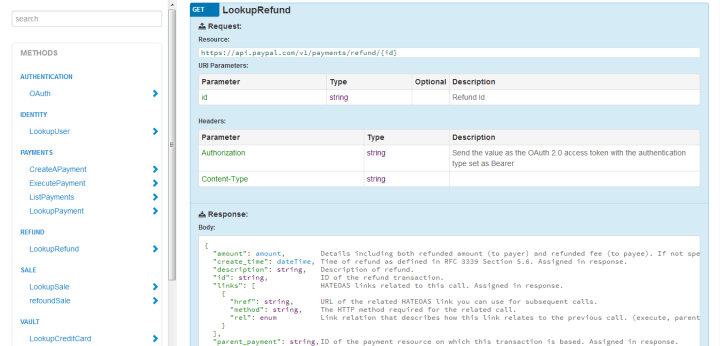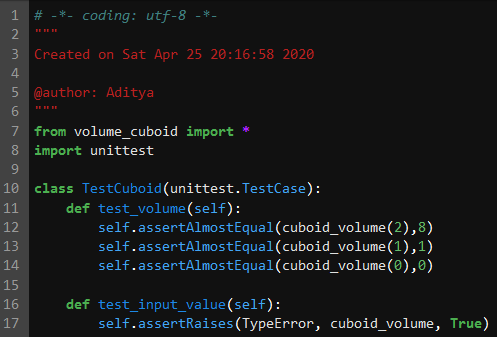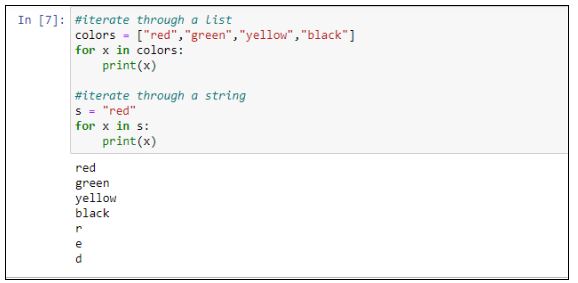Can I build REST API with Python?
Can I build REST API with Python?
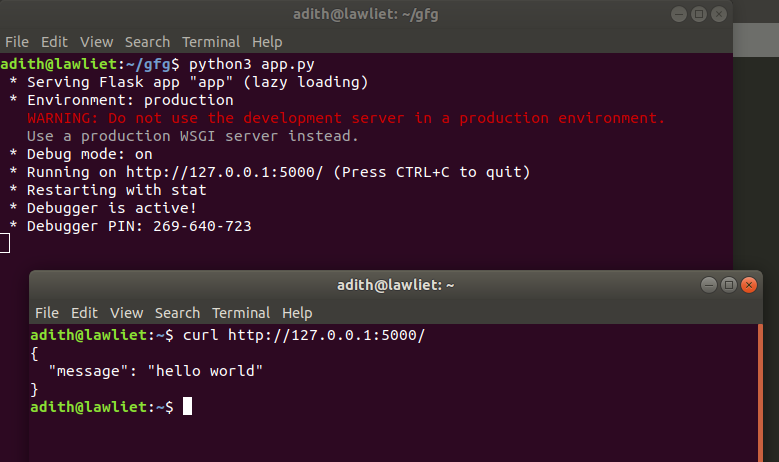
You can definitely build a REST (Representational State of Resource) API using Python!

Python is an excellent choice for building web APIs due to its simplicity, flexibility, and the vast number of libraries available for tasks such as routing, parsing JSON, and handling requests.
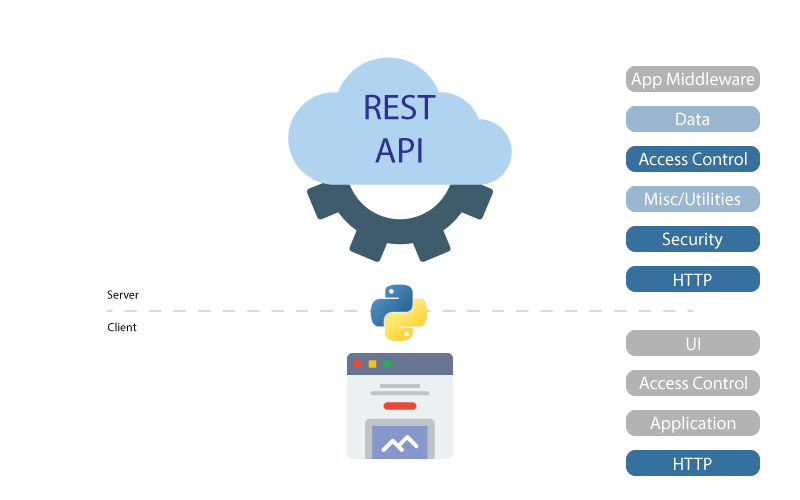
To build a REST API in Python, you'll typically follow these steps:
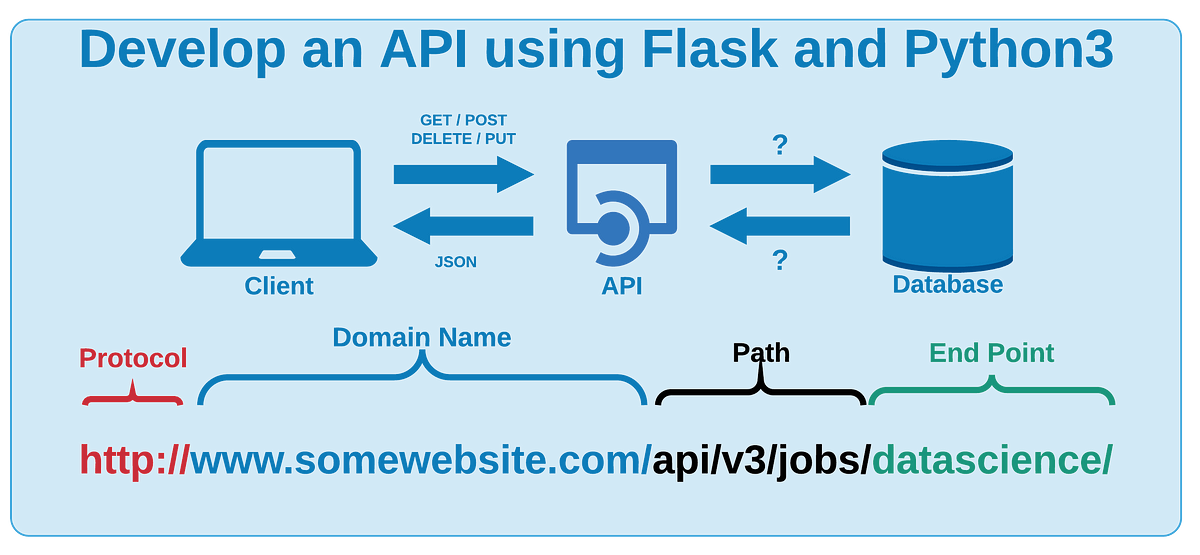
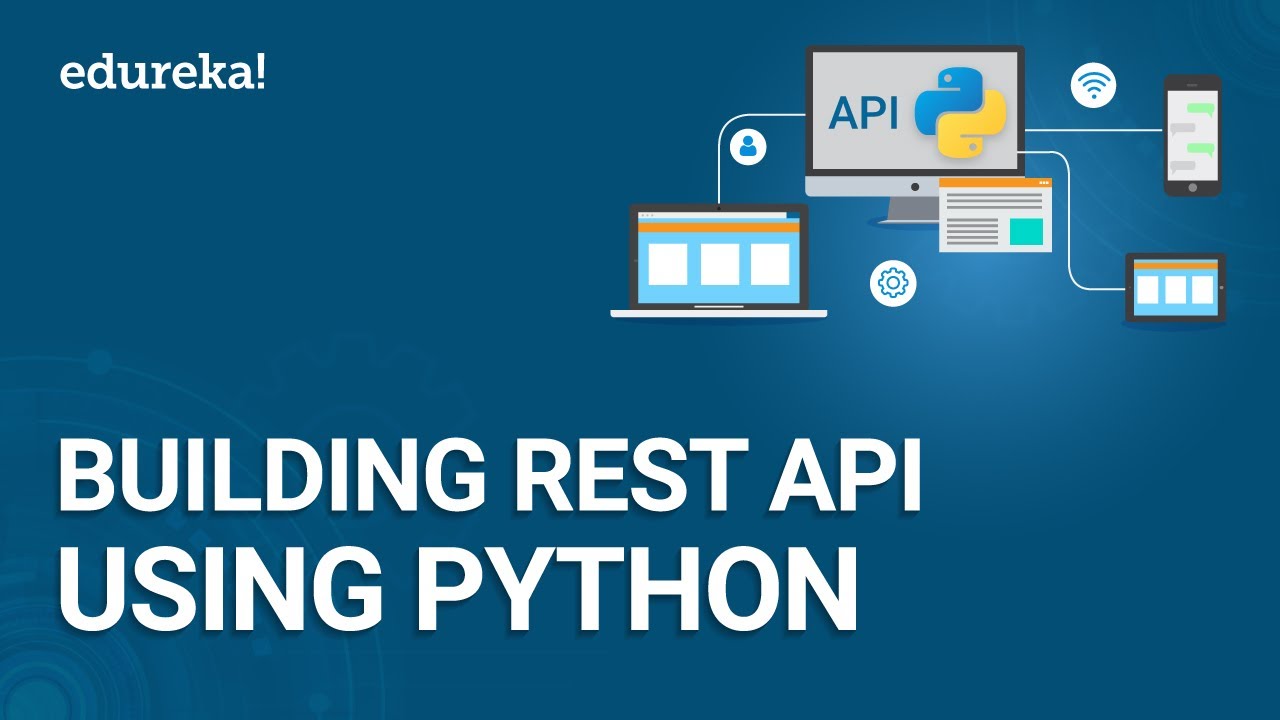
For this example, we'll focus on Flask, as it's relatively straightforward to learn and use.
Install the necessary libraries: Install Flask using pip:pip install flask Define your API endpoints: In your Python script, import Flask and create a new instance of it. Then, define your API endpoints by decorating functions with the @app.route() decorator.
For example, let's say you want to create an API that returns a list of users:
Implement API operations: For each endpoint, you can define the logic that handles incoming requests. This might involve querying databases, making external API calls, or performing calculations.from flask import Flask, jsonifyapp = Flask(name)
@app.route('/users', methods=['GET'])
def get_users():
Return a list of users in JSON formatreturn jsonify(['user1', 'user2', 'user3'])
if name == 'main':
app.run(debug=True)
In this example, we're simply returning a hardcoded list of users, but in a real-world scenario, you'd likely be working with a database or another data source to retrieve the user information.
Test your API: Use tools like Postman, curl, or Python's built-in requests library to test your API endpoints and ensure they behave as expected.Some popular libraries for building REST APIs in Python include:
Flask-RESTful: A Flask extension that provides support for creating RESTful APIs Django REST Framework: A package that allows you to build RESTful APIs using the Django framework Pyramid: A flexible, modular web framework that's well-suited for building complex applicationsRemember, when building a REST API with Python, it's essential to follow best practices like:
Using meaningful endpoint URLs and HTTP method combinations (e.g.,GET /users instead of just GET) Returning relevant data formats (like JSON or XML) in your responses Implementing proper error handling and response codes (like 404 Not Found or 500 Internal Server Error) Documenting your API using tools like Swagger or Redoc
By following these steps, you can create a robust and effective REST API with Python that integrates well with other systems and provides valuable services to users.
Keep in mind that this is just a basic overview, and there's much more to learn about building REST APIs. If you have specific questions or want to dive deeper into the world of API development, feel free to ask!
Is Python good for REST API?
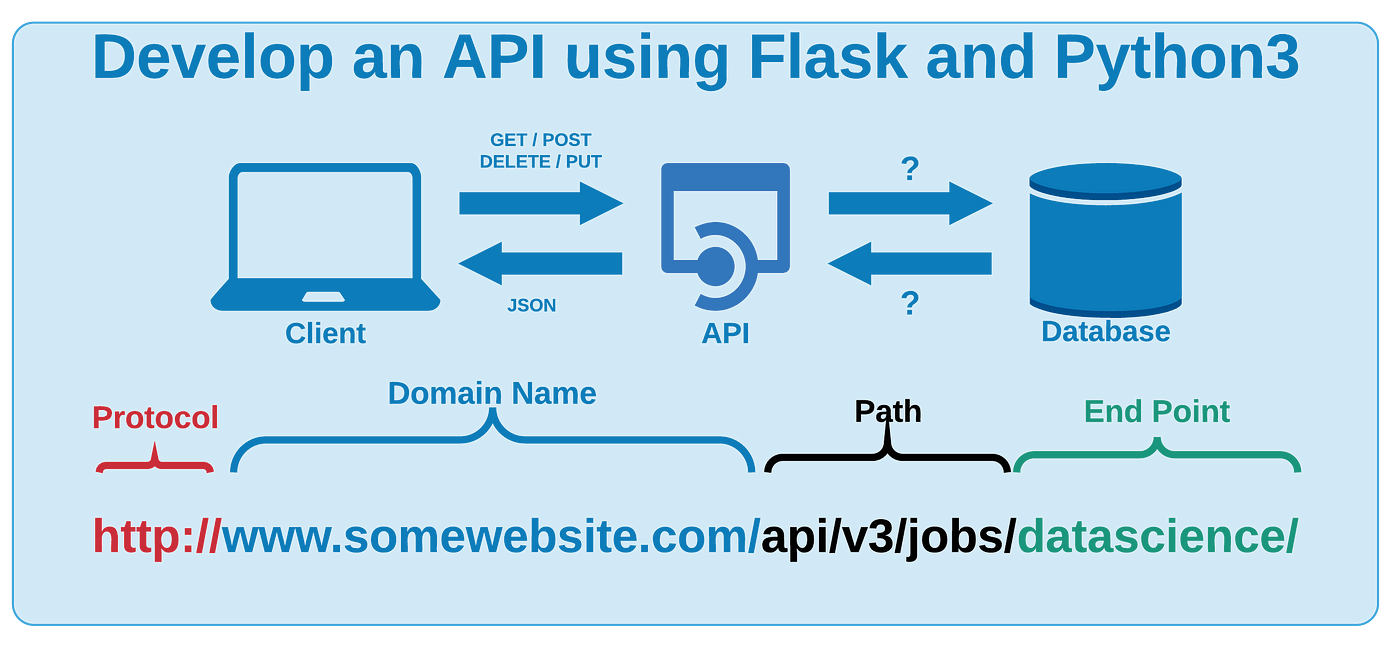
I'm happy to respond in English this time!
Python is indeed an excellent choice for building REST (Representational State of Resource) APIs. Here's why:
Ease of Use: Python has a syntax that's easy to learn and use, making it an ideal language for developers who want to focus on building their API without getting bogged down in complexities. Large Community: The Python community is vast and active, with numerous libraries and frameworks available for building REST APIs. This means you'll find plenty of resources online to help you overcome any hurdles or learn new techniques. Flexibility: Python's flexibility allows you to integrate it with various technologies, such as web servers (e.g., Apache, Nginx), databases (e.g., MySQL, MongoDB), and other languages (e.g., JavaScript for client-side development). Rapid Development: Python's syntax and nature make it perfect for rapid prototyping and development. You can quickly create a REST API and test your ideas without spending too much time on setup or infrastructure. Error Handling: Python has excellent support for error handling, which is crucial when building APIs that need to handle diverse client requests. You can catch errors, log them, and provide meaningful responses to clients. JSON Support: Python has built-in support for JSON (JavaScript Object Notation), a popular data format used in REST APIs. This makes it easy to serialize and deserialize data between your API and clients. Security: Python's standard library includes modules for encryption and hashing, allowing you to implement secure authentication and authorization mechanisms in your API. Cross-Platform: Python can run on multiple operating systems (e.g., Windows, macOS, Linux), making it a great choice if you want to deploy your REST API on different platforms.Some popular Python libraries and frameworks for building REST APIs include:
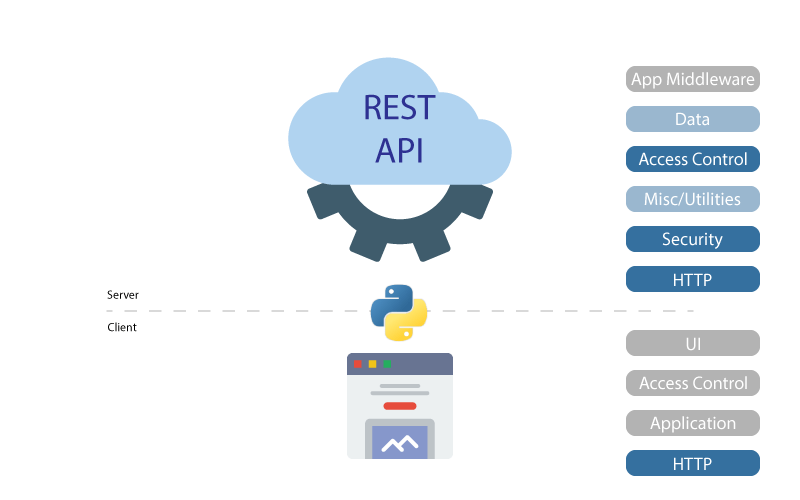
When choosing Python for your REST API project, consider the following:
Scaleability: If you expect a large number of requests or need to handle a lot of data, choose a framework like Flask or Django that can scale with your needs. Performance: Optimize performance by using libraries like NumPy and SciPy for scientific computing, or SQLAlchemy for database interactions. Testing: Write unit tests and integration tests to ensure your API is reliable and behaves correctly under various scenarios.In conclusion, Python is an excellent choice for building REST APIs due to its ease of use, large community, flexibility, rapid development capabilities, error handling support, JSON support, security features, cross-platform compatibility, and the availability of popular libraries and frameworks.
